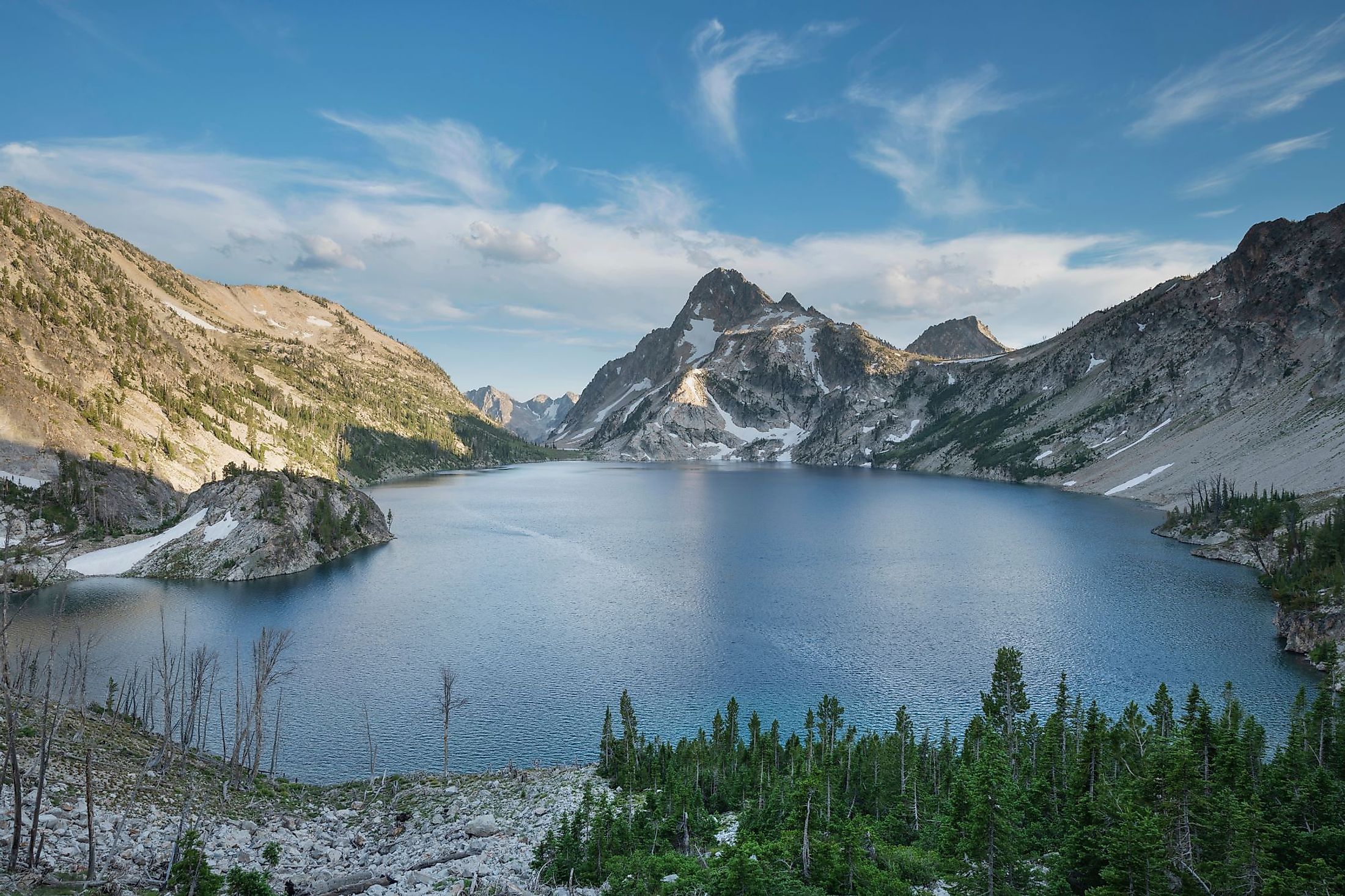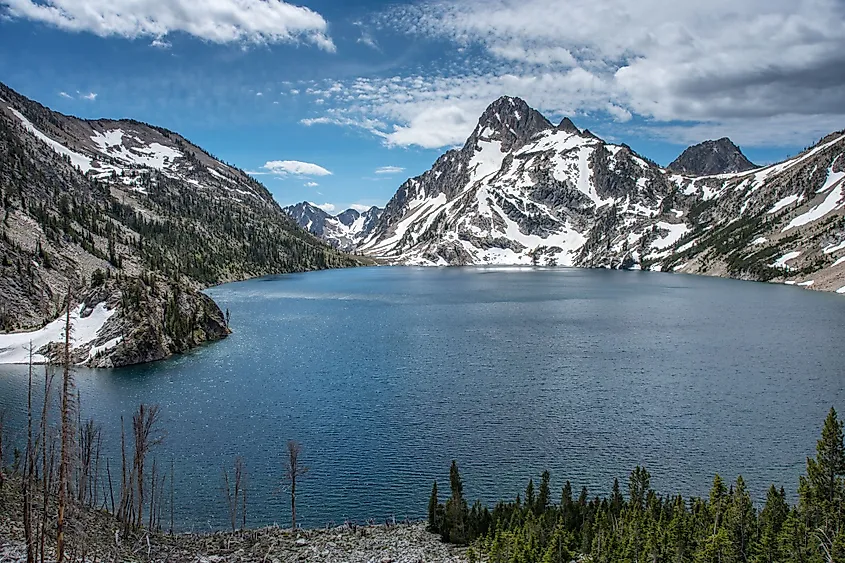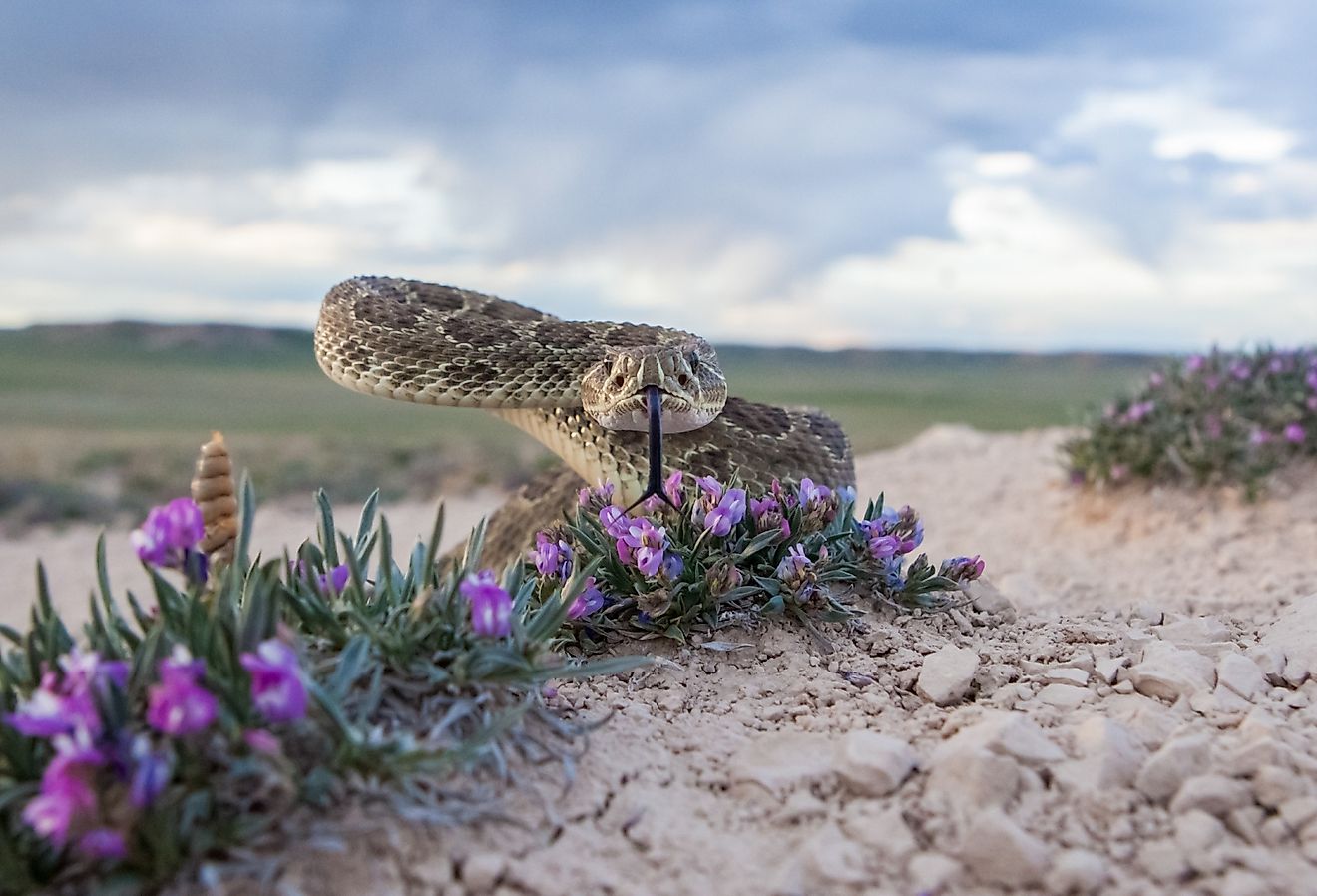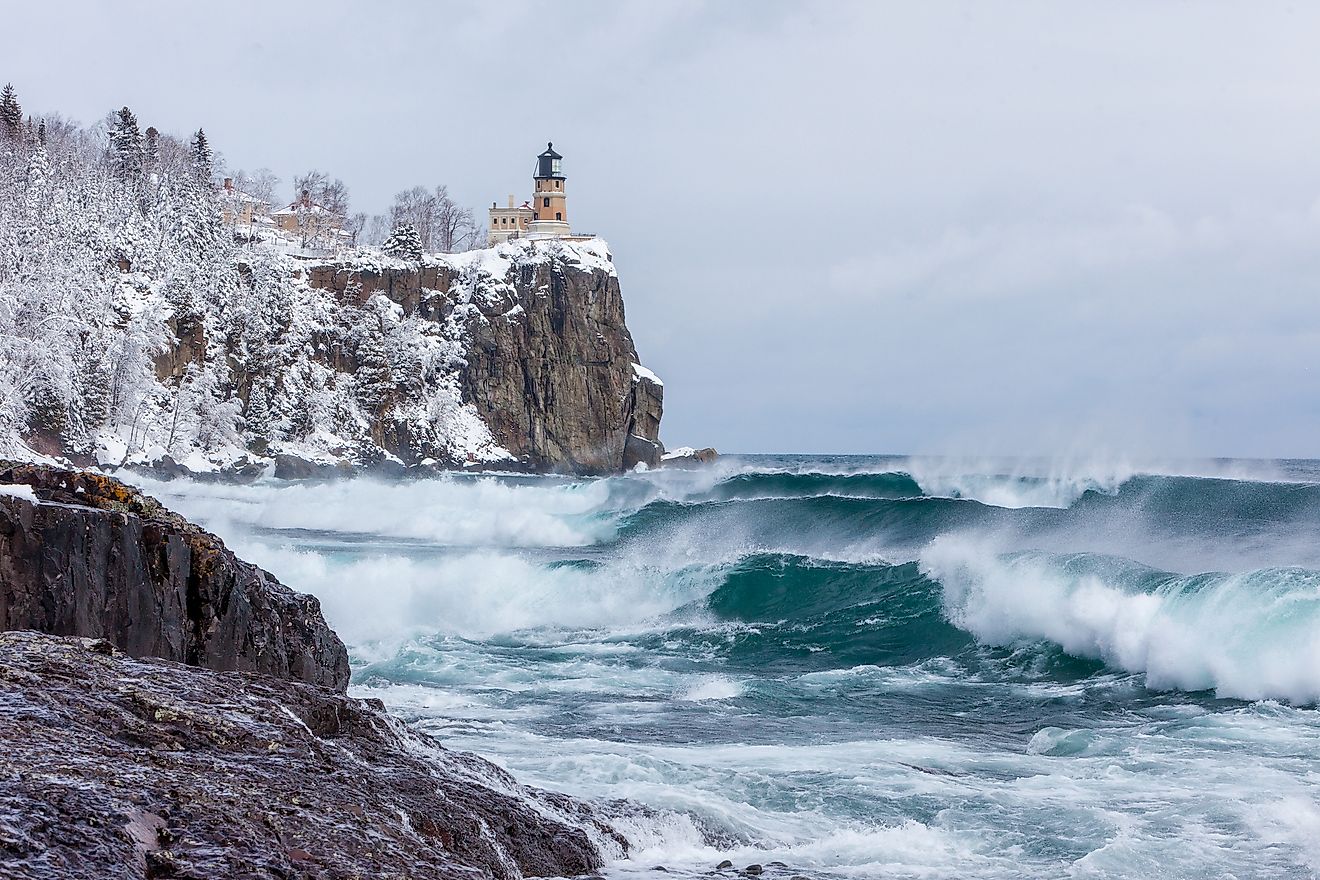
Sawtooth Lake, Idaho
Sawtooth Lake is an alpine lake situated in the high Sawtooth Mountains in Sawtooth National Recreation Area in Custer County in the US State of Idaho. The lake can be reached by an 8 km long trail that begins from the Iron Creek Trailhead just off the Sawtooth National Forest Road 619. The Sawtooth Lake hike offers breathtaking vistas of alpine lakes and majestic mountains and is ideal for most hikers. With spectacular alpine scenery, Sawtooth Lake and Sawtooth National Forest is a must-do hike while visiting the Gem State.
Geography Of Sawtooth Lake

Sawtooth Lake is situated approximately 10.9 km southwest of the town of Stanley. The lake has a maximum length of 1.42 km and a maximum width of 0.68 km. Located at an elevation of 2,571 m above sea level, the lake remains frozen till the beginning of summer. Placed close to the lake's southern edge is Mount Regan, which rises to an elevation of 3,110 m.
Geology Of Sawtooth Lake
It is believed that the Sawtooth Lake has been formed by a sizable depression known as a glacial cirque. The vast region of the lake that is currently submerged in water was once covered with snow that finally reached the point at which it turned into glacial ice. After accumulating enough mass to classify as glacial ice, it began to move under the weight of its own mass and gravitation, scouring the terrain and excavating the valley under it that eventually gave rise to the cirque. The lovely lakes that are seen up here in the alpine environment are now located in these glacial cirques. The majority of the rocks in the area are granite from the Cretaceous era when the country's western coast had a significant subduction zone from which magma emerged.
History Of Sawtooth Lake Area
This region of Idaho has been populated since 12,000 years ago when prehistoric hunters lived and hunted close to Redfish Lake. The Shoshone, Bannock, and Northern Paiute tribes have been the land's primary custodians since 1700. Because of the abundance of natural resources in the Sawtooth National Forest, settlers flocked there when the tribes were forcibly evicted from their territory. Sheepherding became more common in the Sawtooth Mountains during the end of the 19th century, taking silver mining's place as the region's main economic driver. However, just like other cherished natural spaces, this stunning region of Idaho began to face threats from uncontrolled resource exploitation. To safeguard this recreational sanctuary for both locals and visitors, the US Congress established the Sawtooth National Recreation Area in 1972.
Hiking And Camping In Sawtooth Lake

One of the most well-known treks in the Sawtooth National Recreation Area is the one that leads to Sawtooth Lake from the Iron Creek trailhead. The State Highway 21 leads to Sawtooth National Forest Road 619, which further leads to the Iron Creek trailhead. A 5-mile long trail connects the Iron Creek trailhead and campsite to Sawtooth Lake. Alpine Lake, Alpine Peak, and the Sawtooth Valley can all be seen well from this trail, which climbs 520 m in elevation and takes 5 to 6 hours round trip to complete. The Sawtooth Lake frequently serves as a base camp for long walks across the northern Sawtooth Wilderness. One must purchase a wilderness permit at the trailhead, whether one is day hiking or backpacking. Camping is only permitted within a 100-foot distance from the lakes, streams, and hiking paths.











